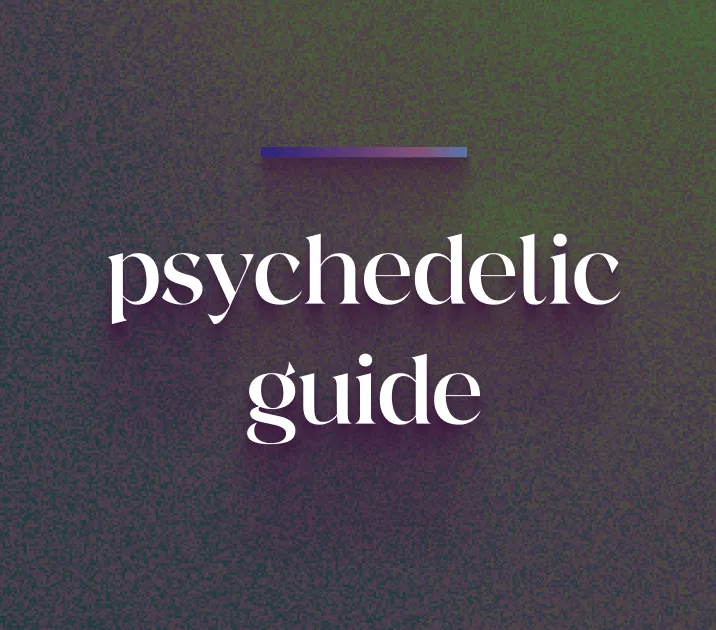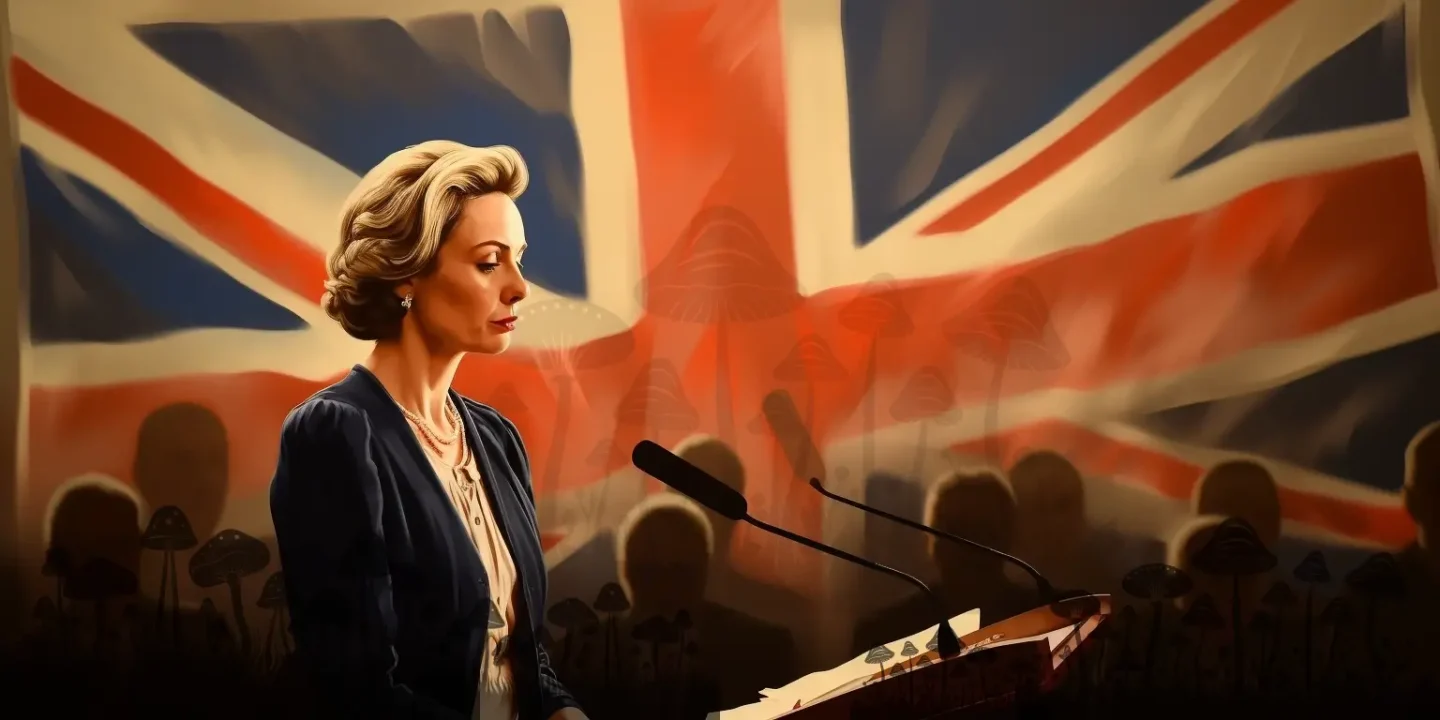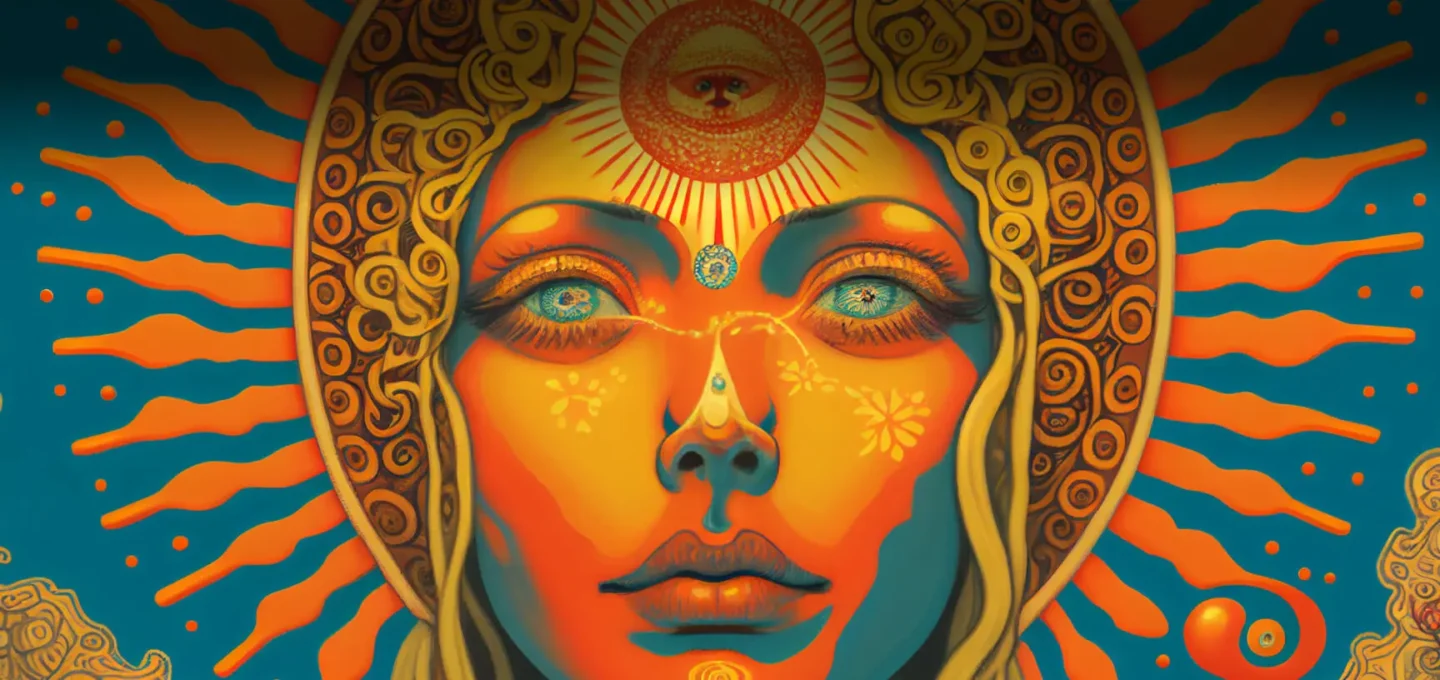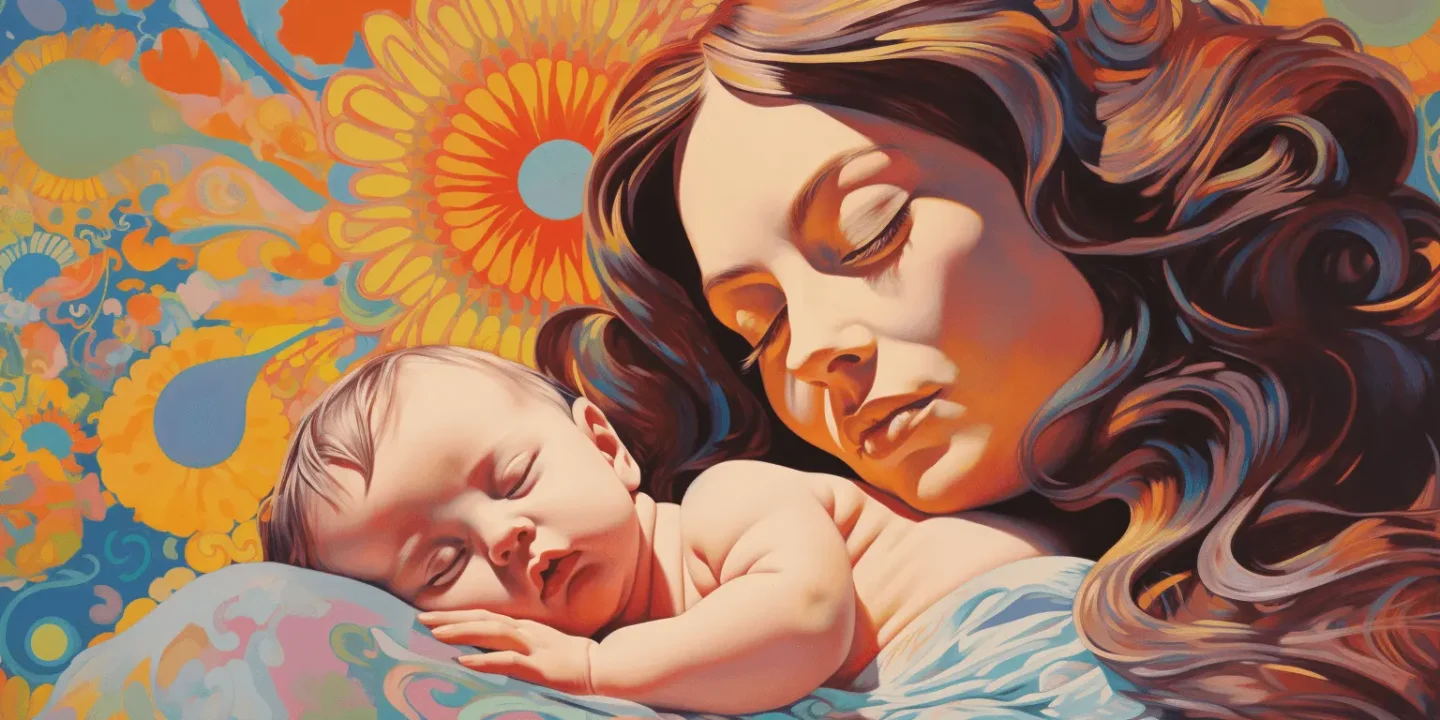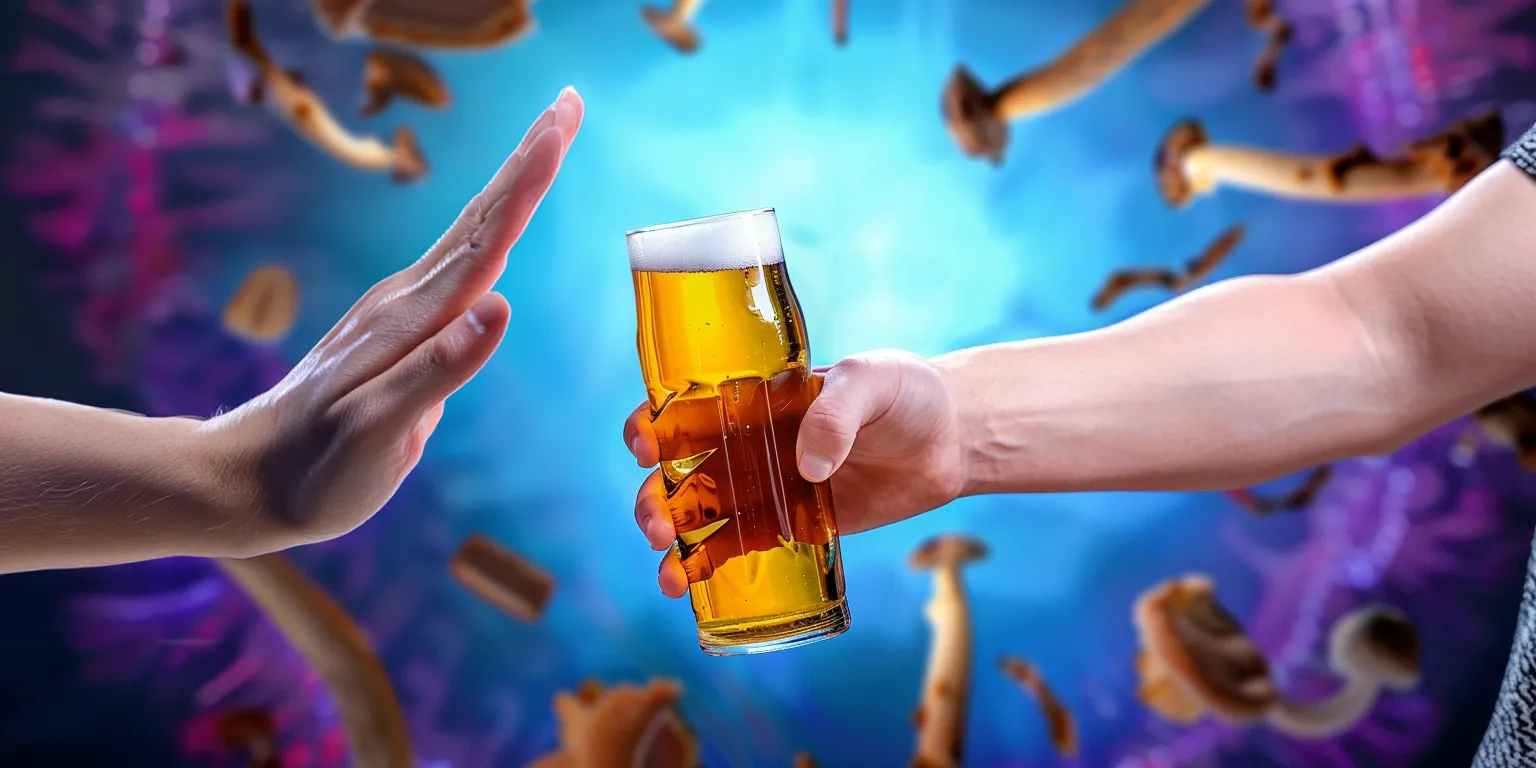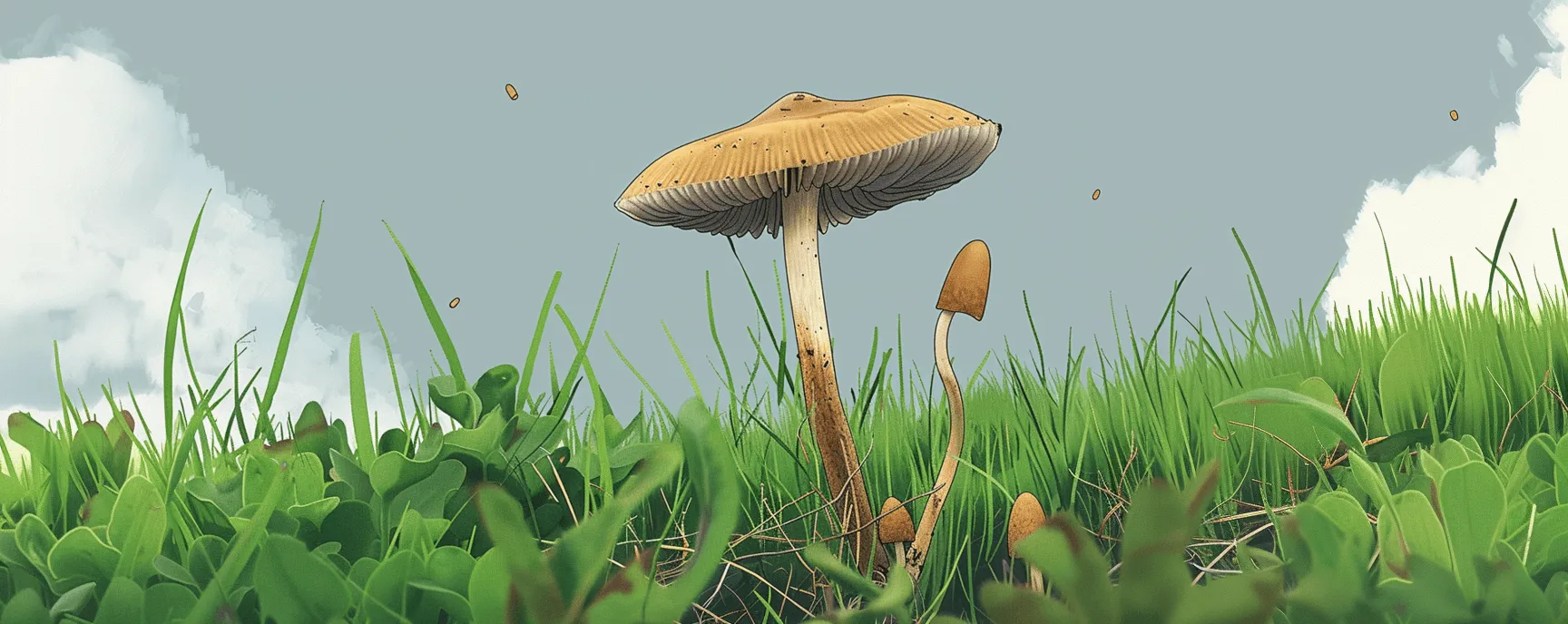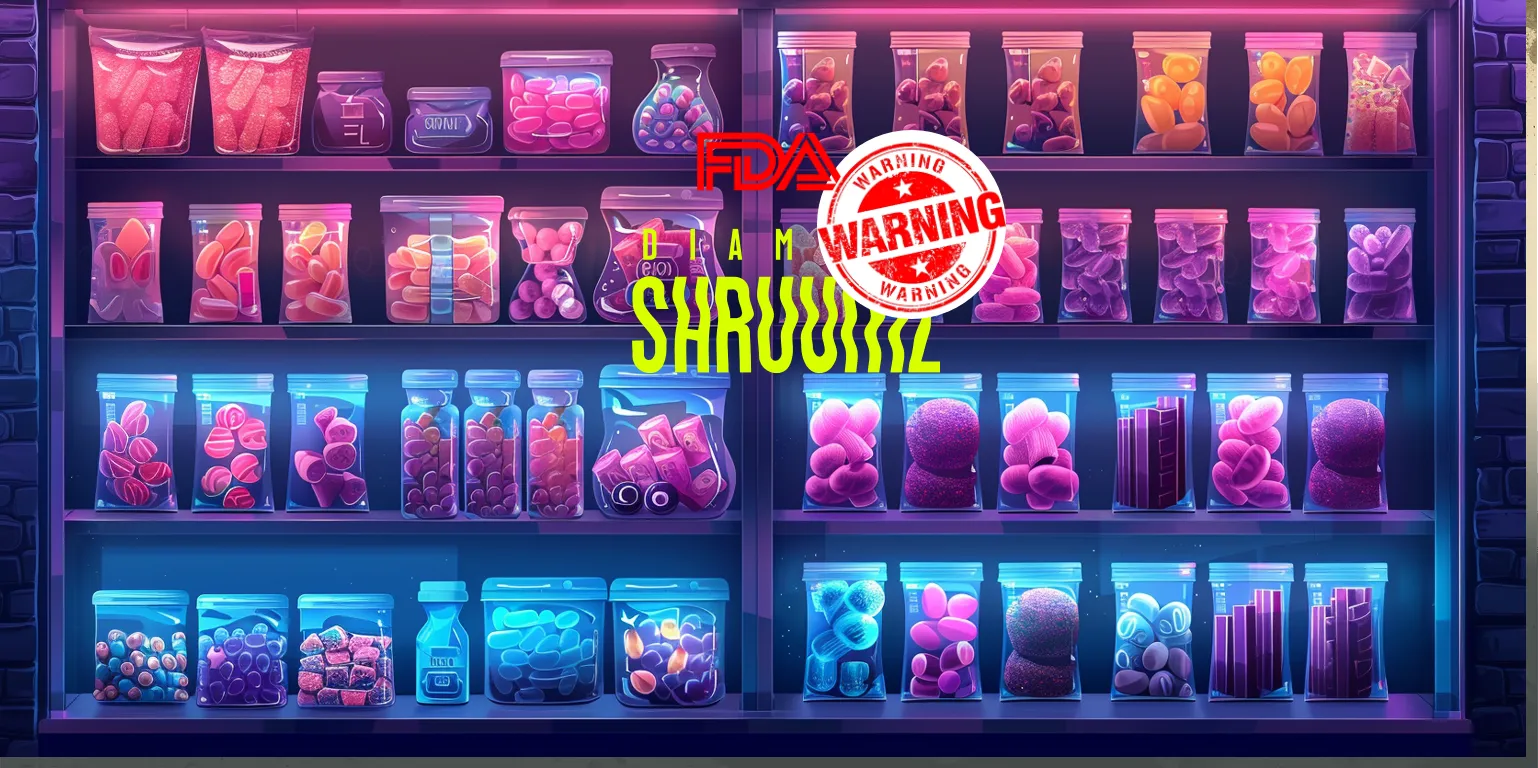Hanukkah, Christmas, Yuletide, I could go on, but you get the idea. December is, and likely will always be, one of the most sentimental and holiday-filled times for most Americans and our brothers and sisters across the globe. Among the many iconic Christmas traditions is good old Saint Nicolas. But where did the mythology of Saint Nick originate from? What is Santa Claus’s psychedelic origins story, and is it like so many other December traditions from cultures past and present?
One of Santa’s most distinctive and enduring images is that of his red and white suit, which often includes a pointed red hat crowned with a fluffy white ball. Where did that come from? Is it a product of modern advertising ala Coca-Cola, or does it hark to something deeper and altogether more ancient?
The answer, as you’ll see, is a complex and fascinating mix of ancient Siberian shamanistic practices, the symbolic use of psychedelic substances, their potential influence on the Christmas traditions we know and love today, and a dash of modern marketing ascetics. By peering through the lens of history and mythology, we unravel a narrative that is as enchanting as it is surprising, shedding light on a possible psychedelic origin of the beloved character of Santa Claus.
Christmas and Holiday Traditions Through the Ages
Keep Up with Uncensored Psychedelic Trends
Join our newsletter at Psychedelics Uncensored.
We respect and protect your privacy. By subscribing your info will be subject to our privacy policy . Unsubscribe easily at any time

Long before the advent of Christianity and the birth of Christ, the winter solstice was a time of celebration and reverence across various cultures. This period, often the darkest and coldest part of the year, was marked by festivals that celebrated light, rebirth, and the triumph of spring over winter.
The Vikings had their midwinter festival, Yule, thought to have occurred between Winter Solstice on December 21st and another, lesser-known festival, Yule Sacrifice or Jólablót. This period would span from the 21st until well into January and was marked by feasting, games, singing, and sacrifice to the gods in the hopes of an easy winter. Moving from the Nordic region to the Mediterranean, the Romans practiced Saturnalia, a festival, feast, and series of games held in honor of the god Saturn. Like Yule, the Romans shared gifts, ate, and generally made merry while also trying to appease Saturn, hopefully ensuring a fruitful new year.(1, 2, 3)
Other ancient traditions carried into the modern era are the Christmas tree, Yuletide, and holly and mistletoe. Holly, in particular, is associated with the ancient Celtic Druids. The Druids, Celtic holy men, would distribute holly clippings within their community, hanging them over door frames to ward off bad spirits, and, weirdly, lightning. Another ancient gift from the British Isles can be found with mistletoe, specifically kissing under it. This old Anglo-Saxon rite is thought to be associated with Freya, the goddess of love. The Anglo-Saxons believed that if a man and woman kissed under a bough of mistletoe, they would be blessed with many strong, healthy children. (1, 2, 3)
These ancient celebrations set the stage for many of the traditions we associate with Christmas today. The common thread across these festivals was the emphasis on community, generosity, and the hope for a brighter future – themes that resonate strongly in our modern Christmas celebrations. Understanding these roots provides a deeper appreciation for the symbols and rituals we continue to embrace each December.
Saint Nicholas and Amanita Muscaria

Bouncing back to Christmas traditions, and Santa Claus specifically, we have a whole host of Siberian shamanic traditions that may have had more than a little to do with Santa’s Distinctive red and white look. This distinctive red and white mushroom was crucial in these ancient spiritual practices. Siberian shamans, revered as intermediaries between the human and spirit worlds, actively utilized the hallucinogenic properties of these mushrooms to induce trances and commune with spiritual entities. The reverence for Amanita Muscaria was not just for its psychoactive effects but also as a symbol of enlightenment and divine connection.(3)
“Santa is a modern counterpart of a shaman, who consumed mind-altering plants and fungi to commune with the spirit world. As the story goes, up until a few hundred years ago, these practicing shamans or priests connected to the older traditions would collect Amanita muscaria (a type of psychotropic mushroom), dry them, and then give them as gifts on the winter solstice.”
– Professor John Rush, author of Mushrooms in Christian Art
The visual representation of this connection can be found in shamanic attire, which often mirrored the colors of the Amanita Muscaria: vibrant red garments adorned with white spots or trimmings. This deliberate choice in clothing was more than mere coincidence; it was a tribute to the mushroom that was integral to their spiritual rituals. Moreover, this symbolic dressing practice wasn’t isolated to Siberia. Across various cultures, the use of psychedelic substances, particularly in religious and healing rituals, was widespread. These practices, deeply embedded in these societies’ spiritual and communal fabric, were not for recreational purposes but for seeking wisdom, healing, and a profound connection with the natural and spiritual realms, and the shaman’s duty was to act as a guide and facilitator.(3)
As part of their role as spiritual leaders, Siberian shamans would also be the ones to collect the amanita mushrooms. This would be done using a large sack, venturing into the woods to find the bright red and white mushrooms, which almost universally only grow near certain pine tree species. Once collected, the shaman, bedecked in equally bright red and white ceremonial robes, would then go from home to home, distributing the mushrooms among the populace. According to Rush, this would sometimes entail using a hatch on the roof of traditional houses, whose doors may have often been blocked by snow.(3)
Keep Up with Psychedelic Trends
Get uncensored psychedelic news, events, and updates. Join Psychedelics Uncensored!
We respect and protect your privacy. By subscribing your info will be subject to our privacy policy . Unsubscribe easily at any time
Psychedelic Reindeer and Modern Traditions

That sounds familiar. Who else travels from home to home via rooftop and leaves gifts? Santa Claus, of course. But the comparisons don’t end there. Dr. Carl Ruck of Boston University points out that there’s also a distinct connection between Santa’s reindeer and sled and other Siberian practices. Specifically, he’s talking about using trained reindeer as a means of transportation. Most notably, this tradition is carried on by the Sami, a semi-nomadic people who can be found in Norway, Finland, Sweden, and throughout parts of Northern Russia and Siberia. In fact, Sami reindeer husbandry is legally protected in Norway and Sweden today.(4)
Some researchers, such as Andrew Hayes, believe that certain shamanic practices may have originated directly from reindeer domestication. This comes from reindeer’s peculiar habit of seeking out and eating amanita muscaria, which appears to have a psychoactive effect on the deer. It’s possible that the shamans, upon seeing this, may have picked up the practice. In his 2010 research paper on the topic, Hayes says, “have a desire to experience altered states of consciousness.” Haynes also wrote, “For humans, a common side-effect of mushrooms is the feeling of flying, so it’s interesting that the legend about Santa’s reindeer is that they can fly.” He suggests that the reindeer may have been “trying to escape the monotony of dreary long winters.”(4)
The myriad elements of our modern Christmas — from reindeer and chimneys to pine trees adorned with gifts and the distinctive red and white color theme — bear striking resemblances to the ancient Siberian shamanistic rituals involving the Amanita Muscaria mushroom. Our contemporary interpretation of Santa Claus and the associated traditions is likely, not singular in origin but rather a mixing pot of various beliefs and customs.
These range from the shamanistic practices of Siberia, where the Amanita Muscaria mushroom played a significant role, to the tales of Christian Saint Nicholas, the lore of Nordic mythology, Anglo-Saxon traditions, and the festive customs of Roman Saturnalia. All these diverse elements, like branches on a Christmas tree, trace back to a common root: the pre-Christian beliefs and the early rituals associated with the Winter Solstice.
Does that mean that Santa, as we know him now, is a psychedelic shaman? No, he’s whatever we need him to be. That is part of the magic of Saint Nick and the holiday season. For some families, Santa is a wonderful tradition that fills their children with glee and whose mystery is without comparison. For others of us, Saint Nick represents family, tradition, joy, and good spirits. And for some, he’s simply the jolly man on the Coca-Cola bottle. None of these are wrong, they’re reflections of Christmas as it is now, a mix of traditions, both psychedelic and mundane, from across the centuries. No matter how you see Santa Claus or your own traditions, we wish you a Merry Christmas, Happy Holidays, and may you all have a joyous New Year.
Sources

1. Pennick, N. (2015). Pagan Magic of the Northern Tradition: Customs, Rites, and Ceremonies. In Google Books. Simon and Schuster. https://books.google.com/books
2. Berastouski, K., & Lecturer, A. (2018). HOLIDAYS CONNECTED WITH PAGANISM IN BELARUSIAN AND BRITISH CULTURES. https://libeldoc.bsuir.by/bitstream/123456789/33286/1/Kastsiukevich_Holidays.pdf
3. Rush, J., & Ball, M. W. (2018). The mushroom in christian art : the identity of Jesus in the development of christianity. North Atlantic Books.
4. Why Reindeer Love Magic Mushrooms – Drug Discovery Today. (n.d.). Www.drugdiscoverytoday.com. http://www.drugdiscoverytoday.com/view/14778/why-reindeer-love-magic-mushrooms/
This material is not intended as a replacement or substitute for any legal or medical advice. Always consult a medical professional about your health needs. Psychedelics are widely illegal in the United States, and readers should always be informed about local, state, and federal regulations regarding psychedelics or other drugs.
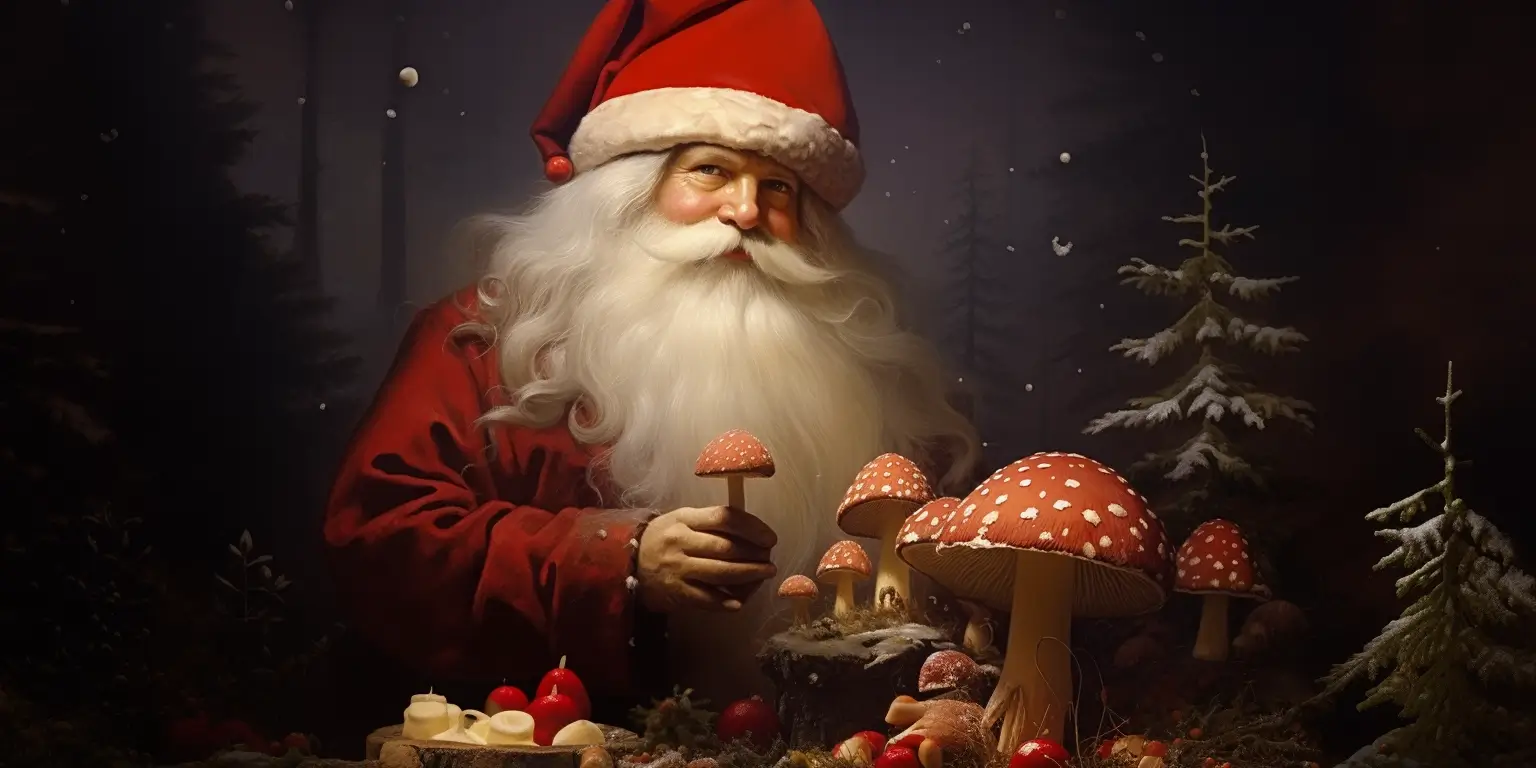
 David Connell
David Connell